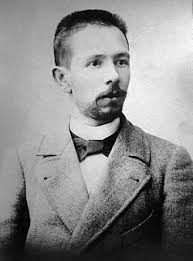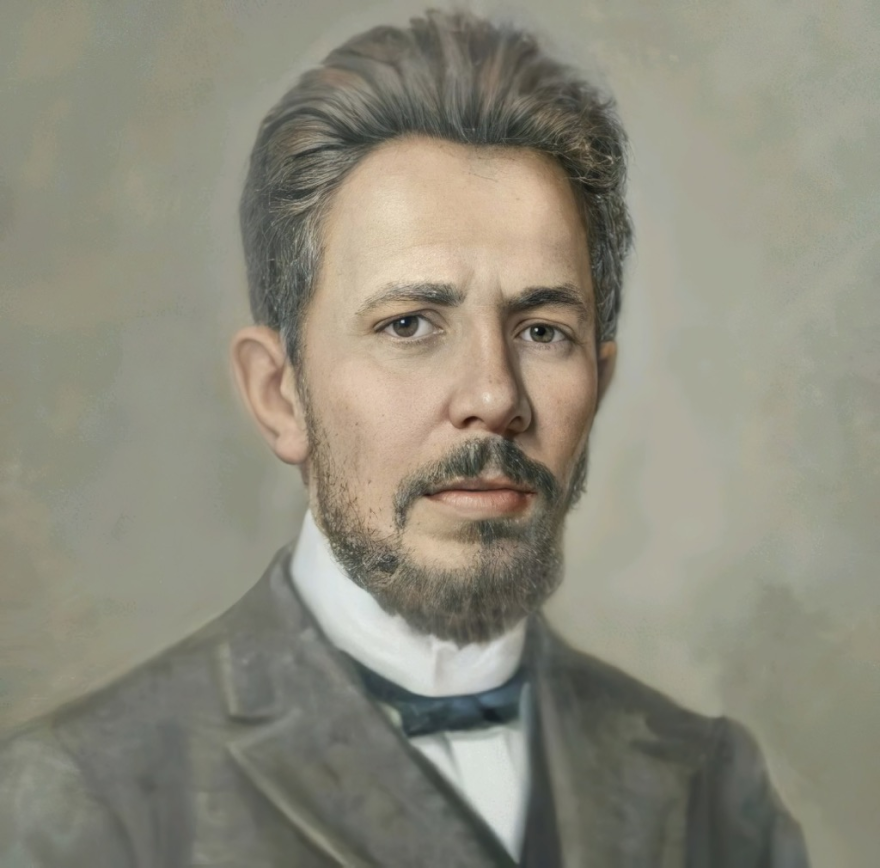Vasily Kalinnikov – A Complete Biography
Introduction
Vasily Sergeyevich Kalinnikov (January 13, 1866 [O.S. Jan 1] – January 11, 1901 [O.S. Dec 29]) was a Russian composer best remembered for his two symphonies, works that combine melodic richness with folk-inspired sensibility. His style reflects the influence of Tchaikovsky and Rimsky-Korsakov, marked by lush orchestration and heartfelt themes.

Childhood
Kalinnikov was born in the village of Voina in the Oryol region, western Russia, into a modest family—his father served as a police official or local cleric . He attended the Oryol seminary, where remarkable musical talent emerged early: at just 14, he became director of the seminary choir .
Youth
Eager to advance, he enrolled at the Moscow Conservatory but couldn’t afford tuition. Fortunately, he won a scholarship to the Moscow Philharmonic Society School, where he studied composition and bassoon under Alexander Ilyinsky. To support himself, he played bassoon, timpani, and violin in theater orchestras—and even worked as a music copyist .
Adulthood
In 1892, Pyotr Ilyich Tchaikovsky recommended Kalinnikov for a conductor post at Moscow’s Maly Theatre and the Italian Theatre, but his mounting tuberculosis forced him to give up these positions . Seeking a healthier climate, he relocated to Yalta in Crimea, where despite failing health, he composed the majority of his works—including his two symphonies and incidental music to Alexey Tolstoy’s play Tsar Boris. During this time, he lived in the company of other famous tuberculosis sufferers such as Maxim Gorky and Anton Chekhov .
Major Compositions
Kalinnikov’s output was strikingly small yet impactful:
- Symphony No. 1 in G minor (1894–1895) was composed in Yalta, dedicated to Semyon Kruglikov, and premiered in Kyiv in 1897 under Alexander Vinogradsky. It enjoyed rapid performances across Europe: in Moscow, Vienna, Berlin, and Paris. Its publication only occurred posthumously .
- Symphony No. 2 in A major (1895–1897) was completed just after the first, published in 1901, and likewise scored for a full late-Romantic orchestra .
He also composed orchestral suites, symphonic poems (e.g., The Nymphs, Bylina, The Cedar and the Palm), incidental music (Tsar Boris), piano pieces, vocal songs, and choral works . Critics praise his symphonies for their memorable melodies and emotional depth; a modern commentator described the First Symphony as “one of the best first symphonies written by any Russian composer in the 19th century” .
Death
The impact of tuberculosis continued to worsen. Exhausted and ill, Kalinnikov passed away in Yalta on January 11, 1901—just two days shy of his 35th birthday . He left behind a grieving widow and his younger brother Viktor Kalinnikov, who went on to become a noted choral composer and music teacher .
Conclusion
Though Kalinnikov’s life and output were brief, his music earned a lasting place in Russian musical history—particularly his First Symphony, which remains part of the repertory. In 1943, Arturo Toscanini conducted it with the NBC Symphony Orchestra—a rare broadcast performance that was later issued on CD . While he never reached the prominence of some of his peers, his melodic gifts and late-Romantic voice continue to draw admiration from those who discover his work.

Comments are closed